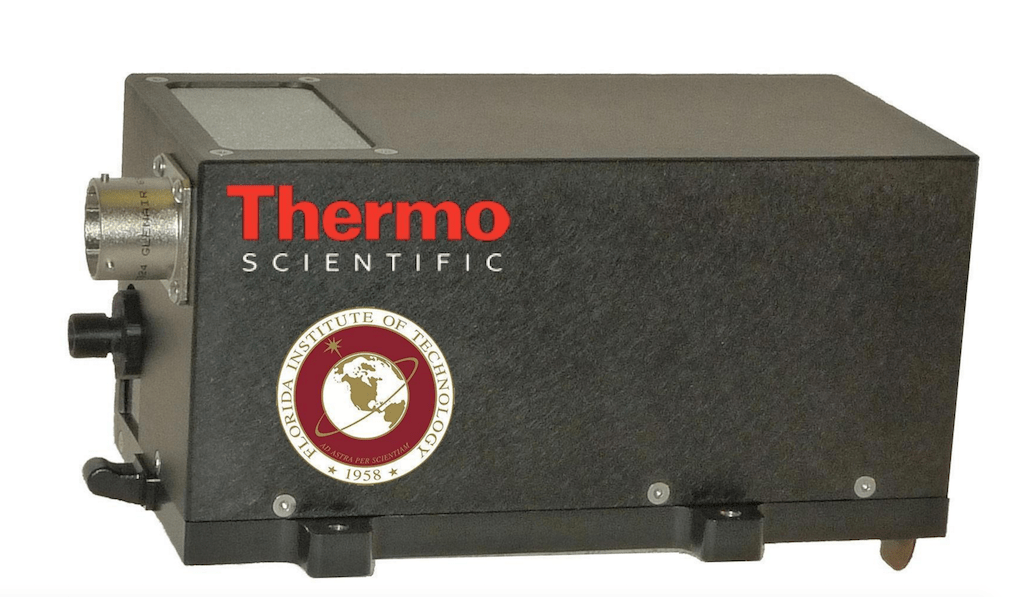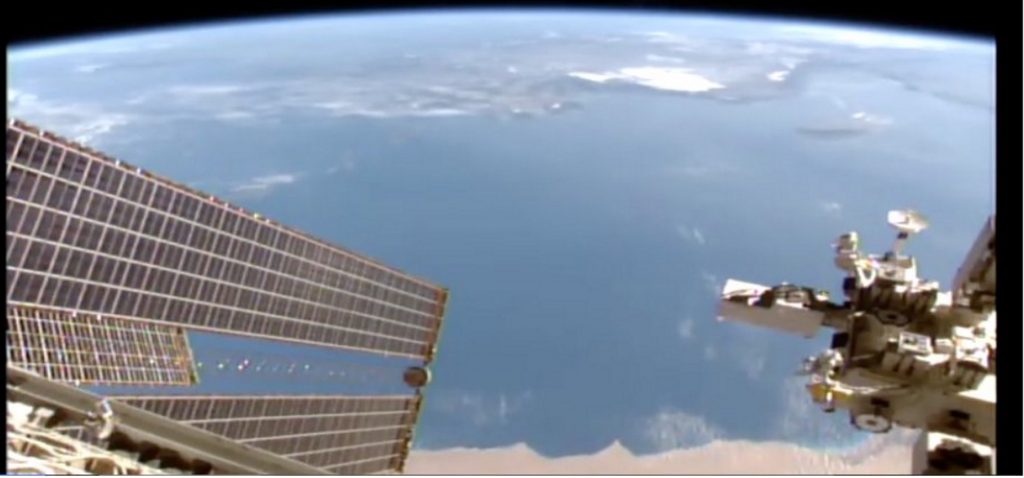Florida Tech Experiment Successfully Operating on the International Space Station
Charge Injection Device May Have the Ability to Detect New Planets Around Other Stars
An instrument prototype that may eventually help scientists find Earth-like planets is now being tested under the harsh conditions of space on the International Space Station’s JEM External Facility. The charge injection device, a type of sensitive camera designed by Daniel Batcheldor, department head of Physics and Space Sciences at Florida Institute of Technology, successfully took its first picture of a test pattern this week and will continue to take test pictures for six months as a part of its technology demonstration mission.

The CID has the ability to capture dim light coming from objects such as planets that can be obscured by the intense brightness a nearby star. Ordinary telescope cameras don’t have the ability to pick up light from individual pixels like the CID can, making it a potentially valuable (and relatively inexpensive) tool for identifying potential Earth-like planets.
The demonstration period will allow the CID to establish a technology readiness level (TRL), which is required by NASA to show the equipment can work in the relevant environment and is acceptable to fly in space.If the CID achieves a TRL of 7 by mission’s end, the CID will qualify for future space missions, either on a standalone satellite or as part of a space telescope. The latter is Batcheldor’s hope: he and his team will propose a telescope-based plan to NASA if the CID’s demonstration phase is successful.
%CODE1DISCOVERYMAGVOL13%





